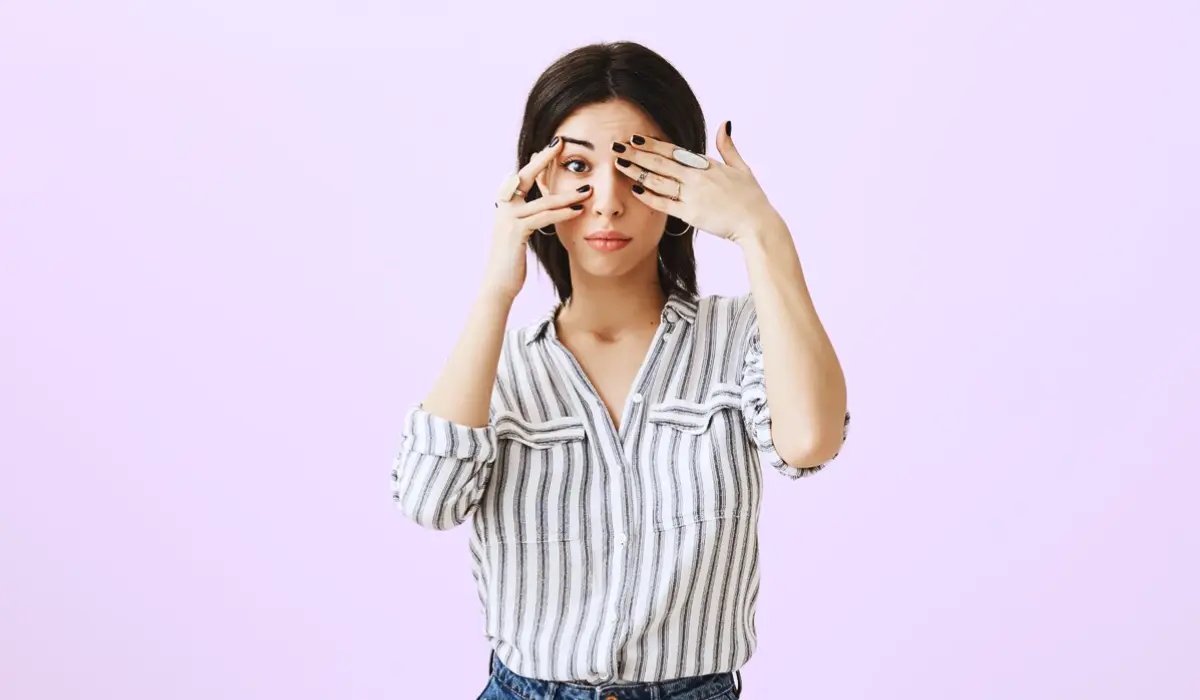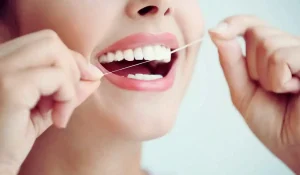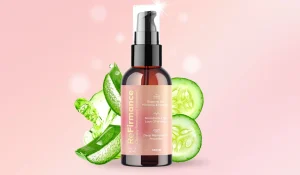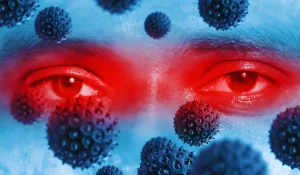The front part of your eye contains a clear liquid called aqueous humor. Your eyes keep on making this fluid and an equal amount of this fluid flows out of the eyes too. This process is what maintains the eye pressure at constant levels and the measure of this fluid pressure is what we call intraocular pressure or eye pressure. Healthy fluid movement and pressure are an important part of your eye function.
Eye pressure is measured by an eye specialist using an instrument called tonometry. What this machine does is flatten your cornea and see the force required to move it. Even though it sounds a lot complicated it is actually not that scary.
The most common type of tonometry is air puff tonometry. This is where the instrument shoots a small puff of air into your cornea. Or there is another method of using some drops to numb your eyes and then measure the movement of the cornea. With this brief overview, let us get started and learn more about this topic.
The Normal Range For Eye Pressure
If you have ever been to an eye specialist, then you must have seen how the unit of eye pressure is given. Eye pressure is measured using millimetres of mercury and you might have seen it as mmHg.
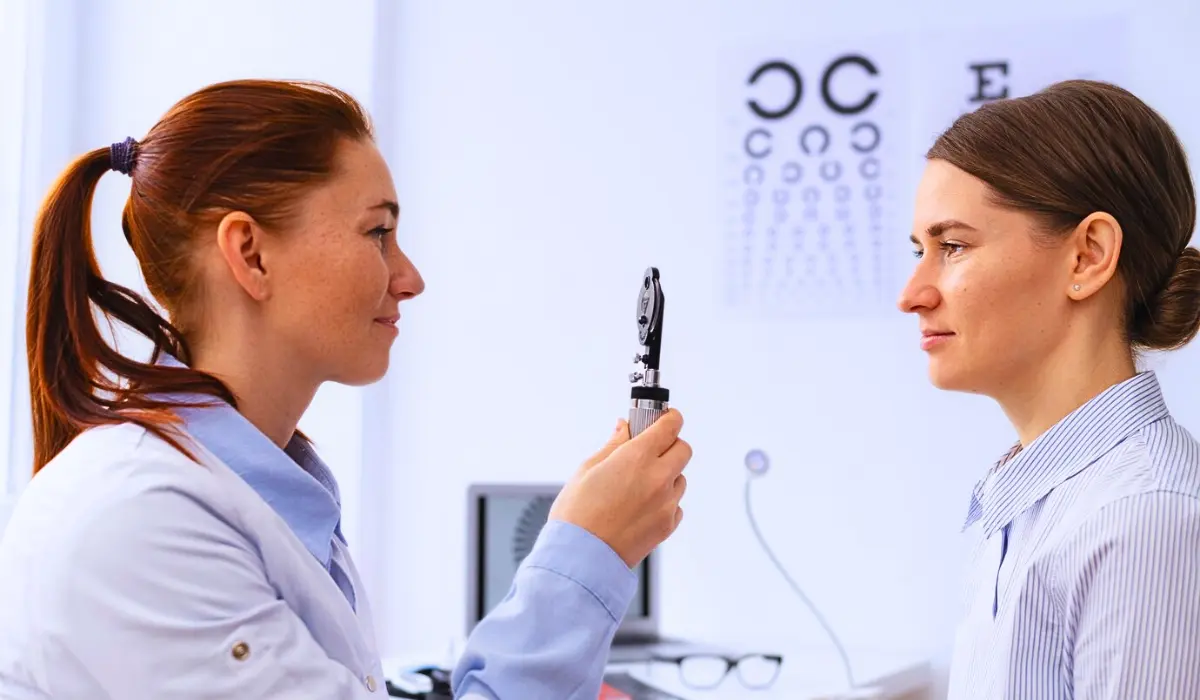
As per the data revealed by the American Academy of Ophthalmology, the normal eye pressure range is from 10 mmHg to 20 mmHg. So this is the healthy eye pressure range. Levels too low or too above this limit are detrimental to your eye health.
Addressing High Eye Pressure
Higher levels of eye pressure are called ocular hypertension. As we have seen before it is the constant buildup and flow out of the fluids that maintain healthy pressure. By any chance, if the aqueous humor does not fall out of the eyes properly then it causes pressure buildup.
This buildup results in ocular hypertension. One major side effect of this higher eye pressure is glaucoma. When ocular hypertension is left untreated this can cause damage to the optic nerves that can carry information from the eye to the brain.
Genetics is a huge factor when it comes to this eye condition. People with a family history of ocular hypertension are at a higher risk for this condition. Individuals with nearsightedness are also vulnerable to this condition.
People who were using long-term steroid medications and who had any eye injuries or surgery must be extra cautious. Defects that were caused at birth and affected the fluid drainage capacity might also manifest as ocular hypertension later on.
Another fact about high eye pressure is that there are literally no symptoms. So you might be walking around feeling no changes in your eyes. This is why it is important to regularly check in with your eye specialist to see that you have optimal levels of eye pressure.
Treatments
Doctors might suggest medications like prostaglandins, beta blockers, alpha-adrenergic agonists, carbonic anhydrase inhibitors, rho kinase inhibitors, and miotic or cholinergic agents. If these said eye drops are not working you will have to opt for more severe measures like laser treatments or glaucoma surgery.
Impacts Of Low Eye Pressure
Low eye pressure is a value below 8 mmHg. Individuals will not be able to see any significant changes in their sight or how their eyes feel when the eye pressure levels drop. But if it dips below 6mmHg then it may cause blurred vision.
Unlike ocular hypertension, low eye pressure is very uncommon. Even though it is very uncommon, low eye pressure is not without its risk. If the pressure levels drop too soon then it might cause severe damage to your tissue causing eye damage.
This is usually caused as an aftereffect of surgery to treat glaucoma. Reduction in fluid creation, some genetic conditions or medications can also be responsible for low eye pressure.
Also Read: What Are The Worst Eye Diseases? Exploring The Most Serious Eye Conditions
Summary
Healthy eye pressure range is from 10mmHg to 20 mmHg. There are so many factors like genetics, eye injuries, etc that might affect your eye pressure. The thing about eye pressure is that there are no noticeable symptoms of this condition. This is why it is important to go for regular eye exams to ensure that your eye health is fine. Ensure that you take care of your eyes and go consult a specialist especially if you have a family history of such eye conditions.

